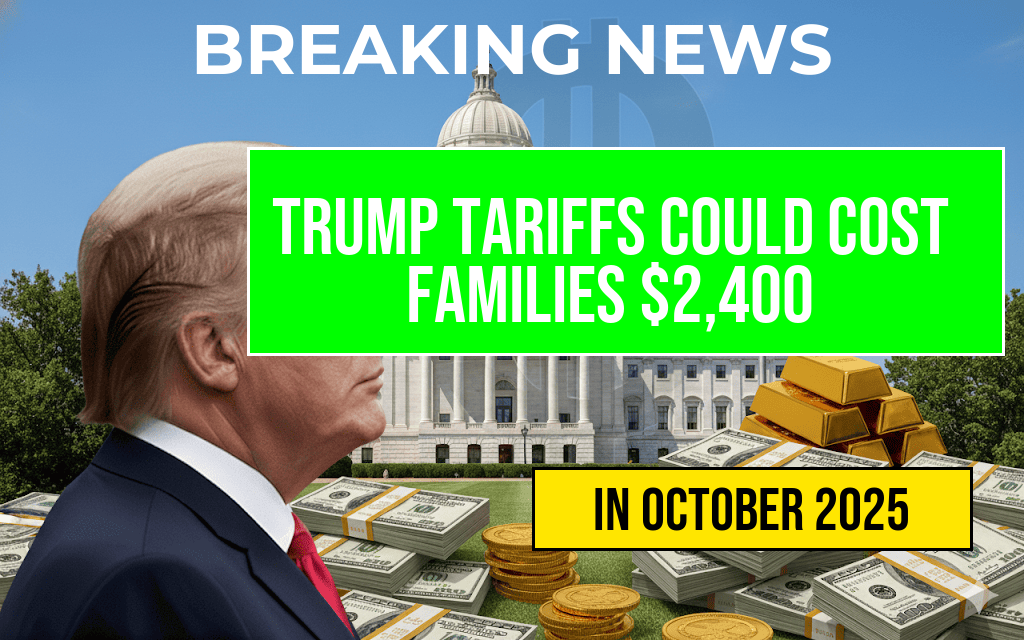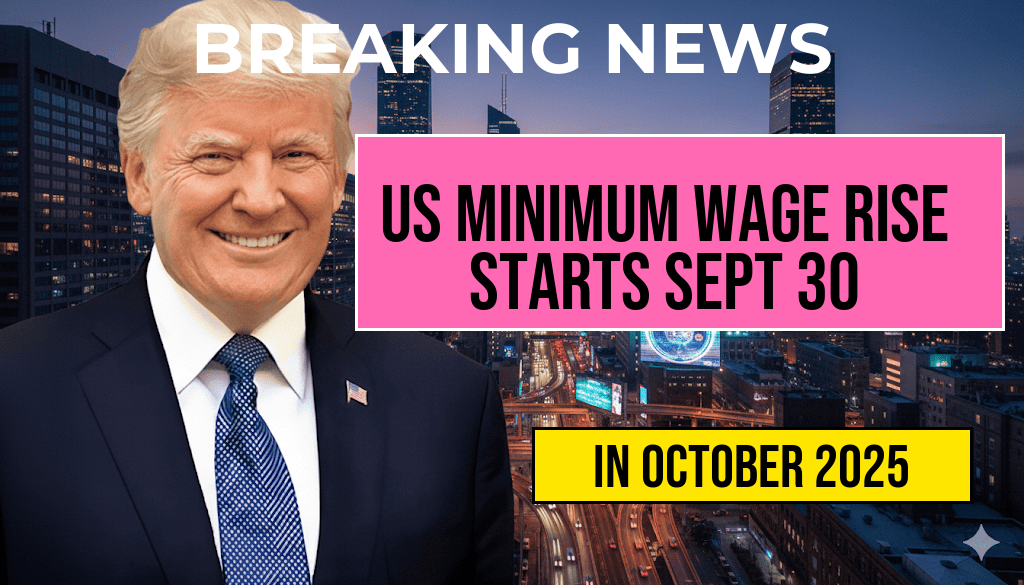Recent analysis suggests that the reimplementation of tariffs under the Biden administration’s trade policies, often linked to previous initiatives from the Trump era, could result in American families losing an estimated $2,400 annually in purchasing power. Dubbed the “Turbulence Tax” by economic analysts, these tariffs are causing ripple effects across consumer goods, from electronics to groceries, leading to higher prices on everyday essentials. While policymakers argue that tariffs protect domestic industries, critics warn that the financial strain on households may outweigh any potential benefits, especially as inflation persists and household budgets tighten.
The Hidden Financial Burden of Tariffs on American Households
Tariffs are taxes imposed on imported goods, often justified as a means to bolster domestic manufacturing and negotiate better trade terms. However, these levies tend to be passed along to consumers, inflating costs without directly addressing trade imbalances. According to recent economic models, the cumulative effect of current tariffs could add hundreds of dollars annually to the average family’s expenses, primarily through increased prices on common goods.
For many households, the additional $2,400 in annual costs translates into tangible sacrifices, such as trimming grocery bills or delaying major purchases. This phenomenon, dubbed the “Turbulence Tax” by some economists, encapsulates the indirect financial toll of trade policies that increase the cost of imports. As tariffs become more layered and extensive, their impact on consumer prices continues to grow.
How Tariffs Influence Everyday Expenses
Impact on Consumer Goods
Imported electronics, clothing, and household items are often among the most affected by tariffs. For instance, tariffs on Chinese imports have historically increased the price of smartphones, laptops, and apparel. Retailers often pass these costs onto consumers, resulting in higher retail prices.
Food and Grocery Prices
Many food products, particularly processed items and ingredients like soybeans, coffee, and certain fruits, are imported. Tariffs on these commodities have led to increased grocery bills, with some estimates indicating a rise of 5-10% on certain items since tariffs were reintroduced or raised.
Automotive and Spare Parts
The auto industry faces significant tariff-related costs, which can impact vehicle prices and maintenance expenses. Consumers may encounter higher prices not only on new vehicles but also on replacement parts and accessories.
Economic Analysis: Quantifying the “Turbulence Tax”
| Goods Category | Average Price Increase | Annual Spending Impact |
|---|---|---|
| Electronics | 8% | $600 |
| Groceries | 6% | $700 |
| Clothing & Apparel | 10% | $500 |
| Automotive & Parts | 5% | $600 |
| Total | — | $2,400 |
*Note: These figures are estimates based on recent market analyses and household expenditure surveys.*
Policy Perspectives and Public Response
Proponents of tariffs argue that they protect American jobs and stimulate domestic industries, fostering economic stability in the long term. They contend that tariffs serve as leverage in trade negotiations, encouraging partner countries to reduce unfair subsidies and practices.
Conversely, critics emphasize the immediate burden on consumers, particularly during a period marked by inflation and economic uncertainty. Consumer advocacy groups warn that the “Turbulence Tax” disproportionately affects lower- and middle-income families, who spend a larger share of their income on imported goods.
Official Statements and Data Sources
The U.S. Trade Representative’s office maintains that tariffs are a strategic tool to rectify trade imbalances and protect national interests. However, independent economists and research institutions have highlighted that the costs often outweigh the intended benefits for everyday Americans.
For a deeper understanding of trade policies and their economic implications, consult the [World Trade Organization](https://en.wikipedia.org/wiki/World_Trade_Organization) and [U.S. Census Bureau](https://www.census.gov/), which provide extensive data on import-export trends and household expenditures.
Looking Ahead: Navigating the Cost of Trade Policies
As policymakers consider future trade negotiations and tariff adjustments, the focus increasingly shifts to balancing economic security with consumer affordability. While tariffs can serve strategic purposes, transparency about their impact on household finances remains critical. Experts recommend that consumers stay informed about price changes and explore alternative sourcing options to mitigate the “Turbulence Tax.”
Ultimately, understanding the layered effects of tariffs enables families to make more informed purchasing decisions amidst a landscape of fluctuating trade policies and economic pressures.
Frequently Asked Questions
What is the “Turbulence Tax” and how does it relate to tariffs?
The “Turbulence Tax” refers to the hidden costs consumers face due to tariffs imposed during trade disputes. These tariffs can increase prices on imported goods, leading to higher expenses for families.
How could Trump tariffs impact my family’s annual expenses?
According to the article, the Trump tariffs could cause your family to pay approximately $2,400 extra every year, as the increased costs on imported products are passed down through higher prices.
Which everyday products are most affected by these tariffs?
Commonly affected items include electronics, clothing, household goods, and food products. These are often imported and thus subject to tariff-related price hikes.
What can families do to mitigate the financial impact of these tariffs?
Families can consider shopping for alternative domestic products, reducing consumption of affected goods, or planning ahead to budget for higher prices caused by the tariffs.
Are there any long-term economic consequences of the “Turbulence Tax”?
Yes, the “Turbulence Tax” can lead to decreased consumer purchasing power, higher living costs, and potential slowdowns in economic growth due to reduced consumption.








